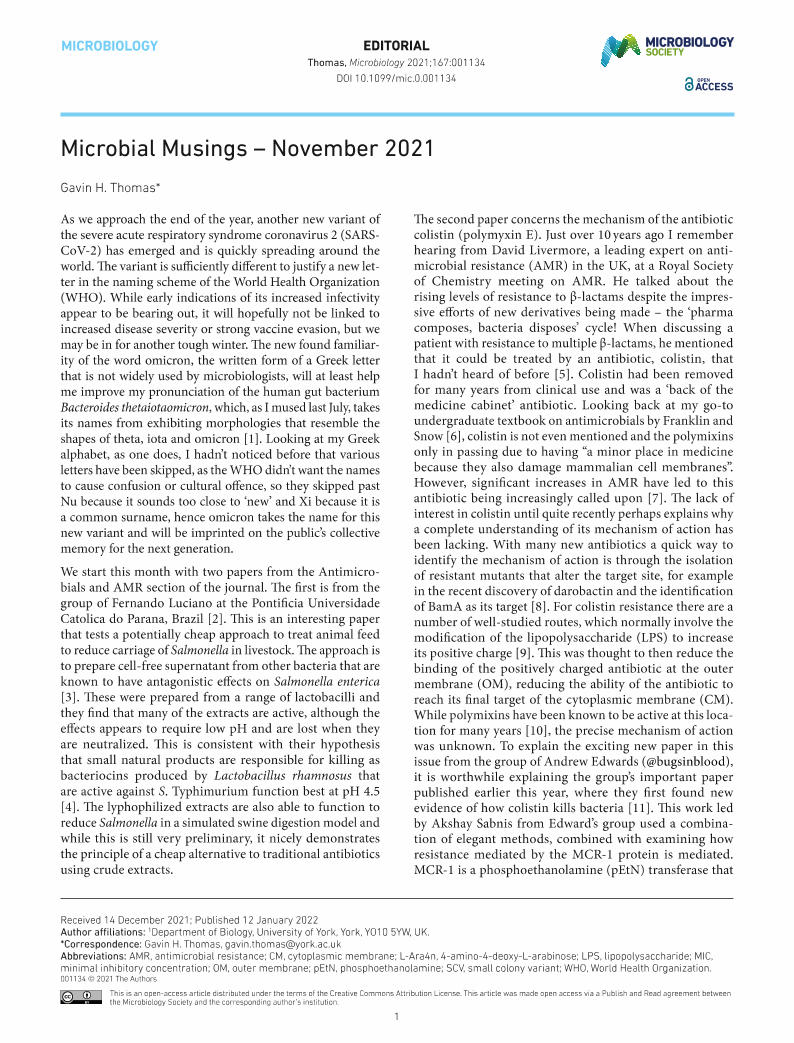
Full text loading...


Microbial Musings – November 2021, Page 1 of 1
< Previous page | Next page > /docserver/preview/fulltext/micro/167/11/mic001134-1.gif
There is no abstract available.

Article metrics loading...

Full text loading...
References

